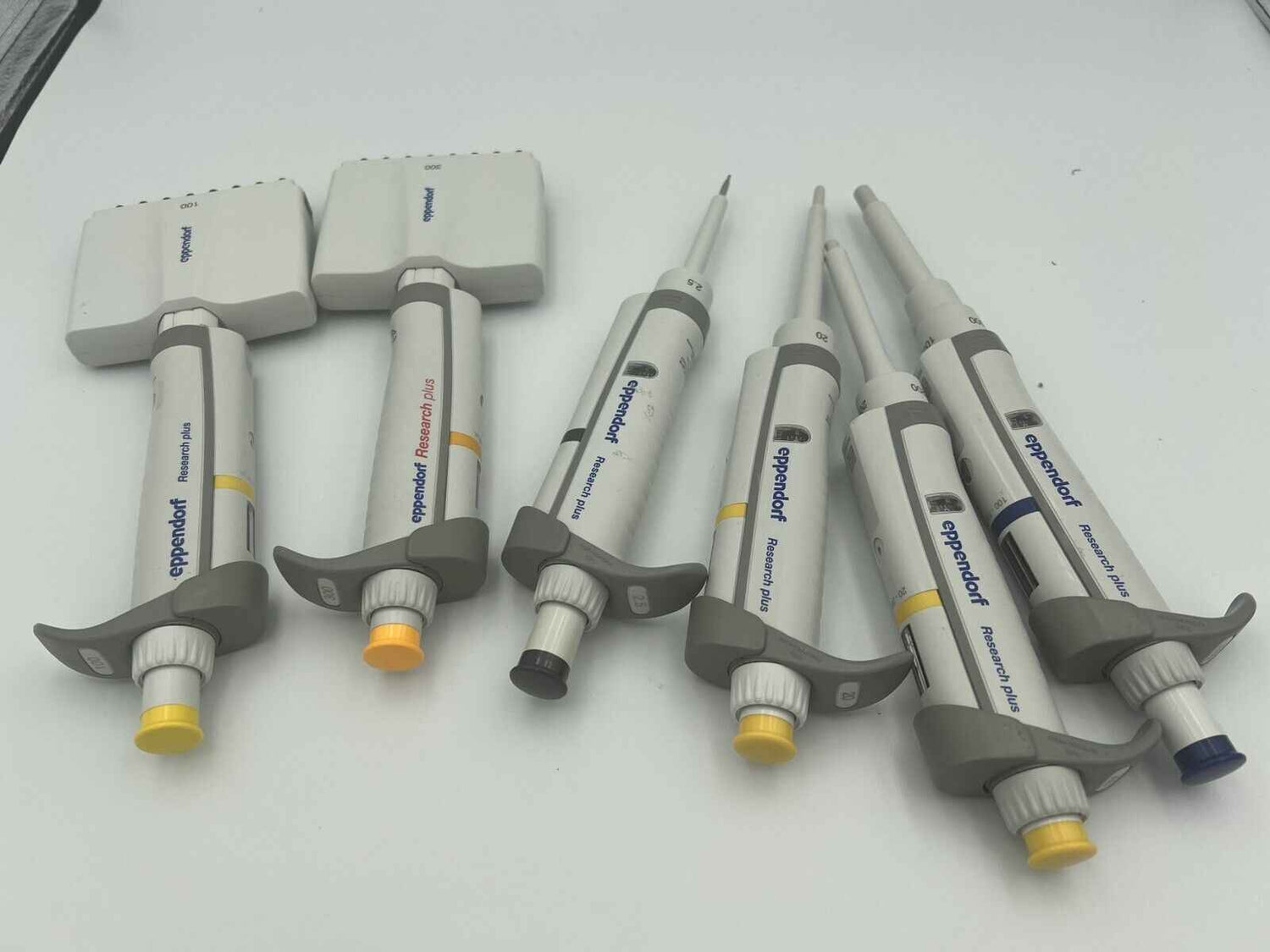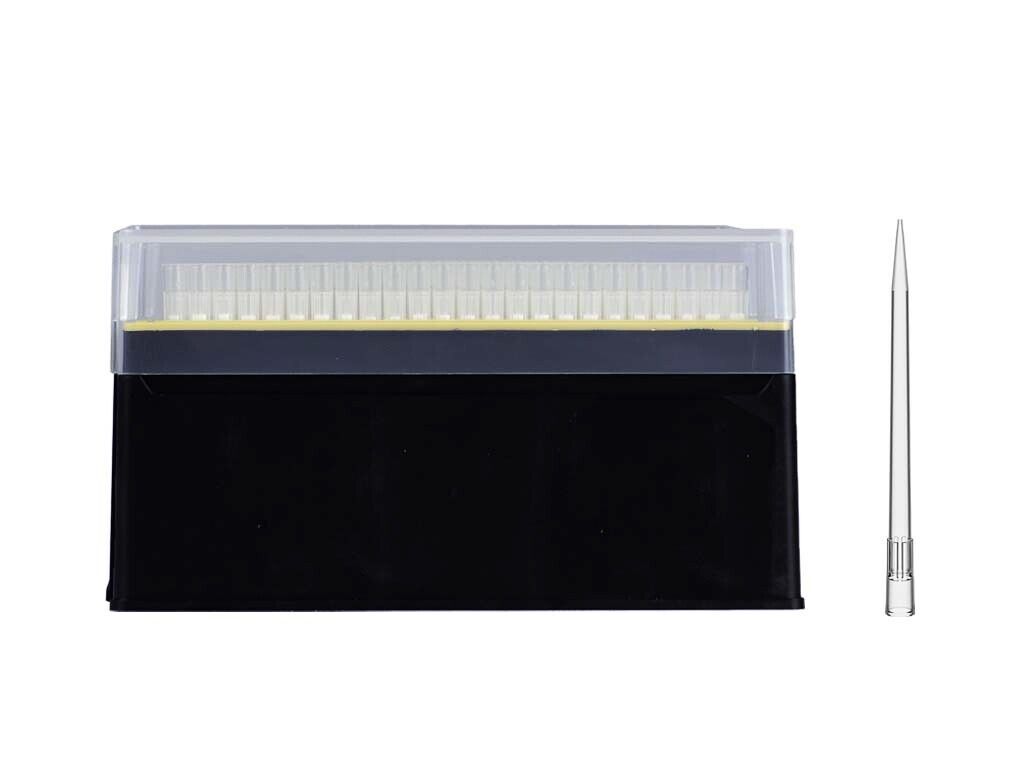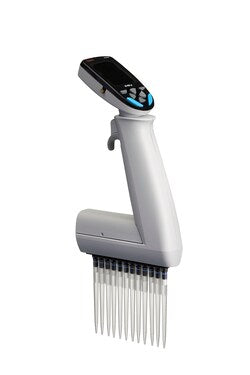Pipettes and Tips: Choosing the Best for Your Needs
When it comes to laboratory work, selecting the right pipettes and tips is crucial for achieving accurate and reliable results. Pipettes are essential tools used for transferring precise volumes of liquids in various applications, from molecular biology to clinical diagnostics. The importance of using the appropriate pipette and tips cannot be overstated, as they directly influence the quality of your experiments.
First, consider the different types of pipettes available. There are manual pipettes, electronic pipettes, and multichannel pipettes, each designed for specific tasks. Manual pipettes are often favored for their simplicity and control, while electronic pipettes provide enhanced accuracy and can reduce repetitive strain injuries. Multichannel pipettes are ideal for high-throughput applications, allowing you to dispense multiple samples simultaneously.
Once you've chosen the type of pipette, the next step is to select suitable tips. The tips you use will determine the precision and reliability of your volume measurements. Tips come in various sizes and designs, including filtered tips that prevent contamination, and low-retention tips that ensure minimal liquid loss. It's essential to match the tip size with your pipette model to ensure a proper fit, as using incompatible tips can lead to errors and inaccuracies.
Another key consideration is the volume range you need to work with. Ensure that your pipette can accurately measure the volumes relevant to your application. Pipettes are typically available in fixed volumes or adjustable volume options, catering to various measurement needs. When selecting your tips, verify that they correspond with the pipette's volume range for optimal performance.
Material compatibility is another factor to consider when selecting pipettes and tips. If you're working with aggressive solvents or sensitive biological samples, ensure that the materials used in your pipette and tips are suitable for your application. For example, certain plastics may leach compounds that could interfere with your samples, so it's essential to choose high-quality products designed for your specific needs.
Additionally, ergonomic design should not be overlooked. Researchers often perform pipetting tasks repetitively, so using pipettes that are comfortable to hold and operate can greatly enhance your workflow. Look for pipettes with adjustable volume settings, cushioned grips, and light-weight designs to reduce fatigue during extended use.
All these factors can significantly impact your results, so take the time to evaluate your laboratory's specific requirements before making a purchase. For those working in highly regulated environments, consider procuring pipettes and tips that are certified for quality and performance.
In conclusion, selecting the right pipettes and tips for your application is a critical step in ensuring the success of your experiments. By understanding the various types, sizes, materials, and ergonomic designs available, you can make informed choices that will lead to more accurate and reliable results. Always prioritize quality and compatibility in your selections, and don't hesitate to consult with experts in your field to ensure you're making the best choices for your laboratory needs.


